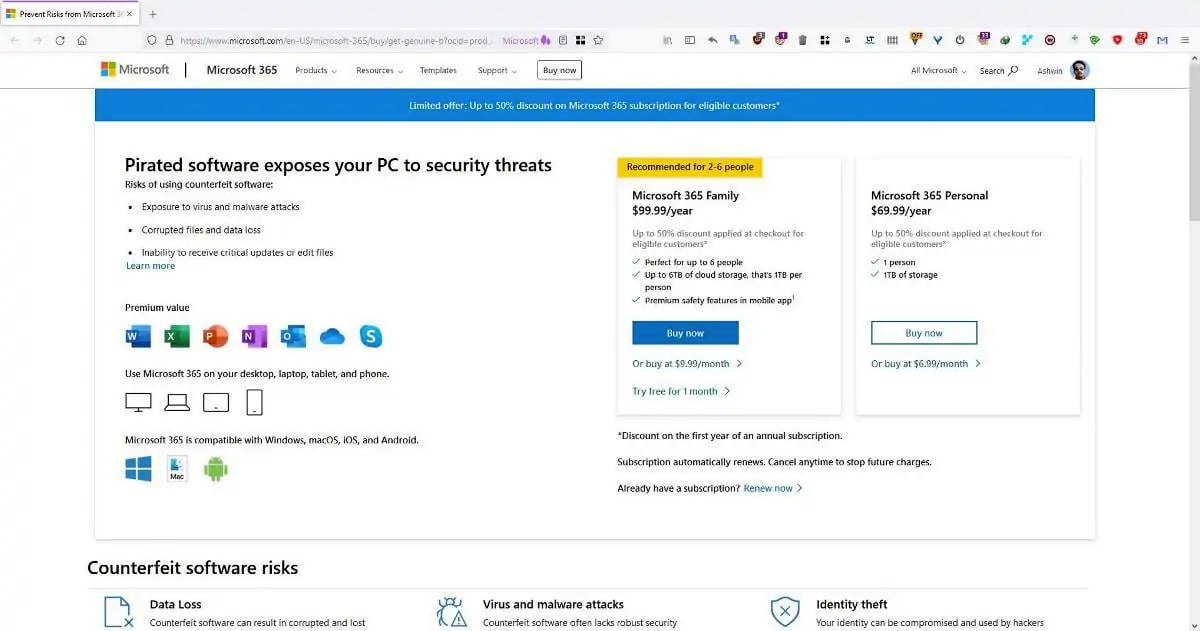
Users bought Microsoft Office in a box in a brick and mortar store (or by mail,) and used a compact disc inside to download the software onto a workstation. History of Microsoft OfficeĪnother way to understand how Microsoft Office has evolved over the years is to look at the three different ways that the software has been delivered to users.įirst, there was out of the box software licensing. The three major Microsoft Office pieces include the word processor (Word), the spreadsheet (Excel) and the visual presentation tool (PowerPoint.)Īccess is a database management tool, while Publisher allows for the presentation of various marketing materials. By contrast, someone may use Word, Excel and PowerPoint frequently, and rarely or never use Access, Publisher or OneNote. They are often used by a diverse user base, for example, college students, interns, or front line workers in IT. The Word, Excel and PowerPoint applications in Microsoft Office are familiar household names, even to people who are not familiar with the details of the Office suite’s evolution.

These could be separated into what you might call the “three greater applications” and the “three lesser applications” that receive much lower use by the average end-user. The six core programs in Microsoft Office are: The core components of Microsoft Office are the six items present in the original package, notwithstanding the later addition of services like OneDrive and SharePoint and a web design tool called FrontPage.


 0 kommentar(er)
0 kommentar(er)
